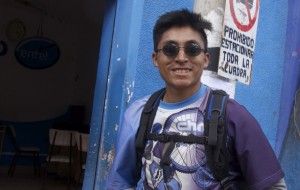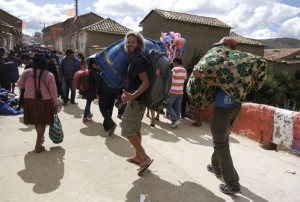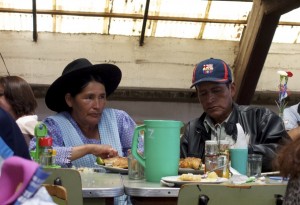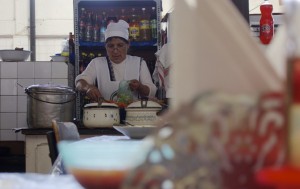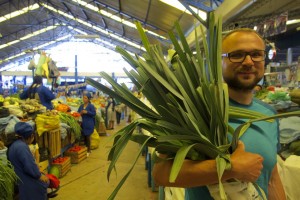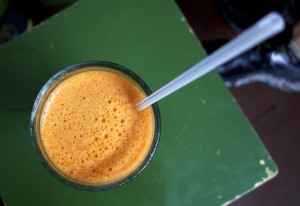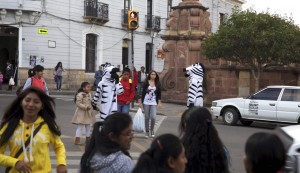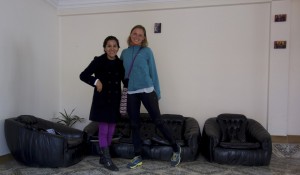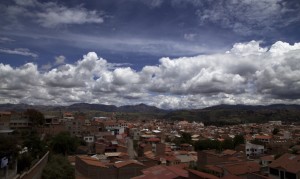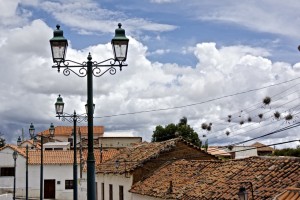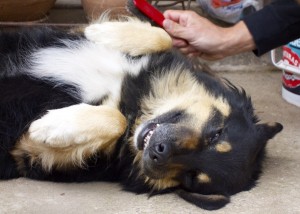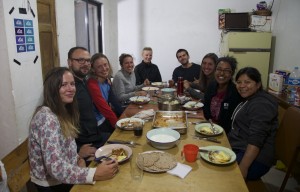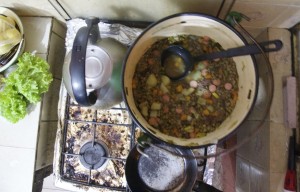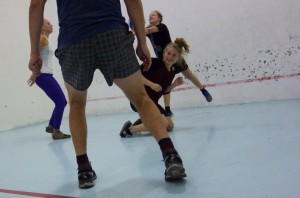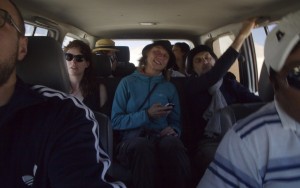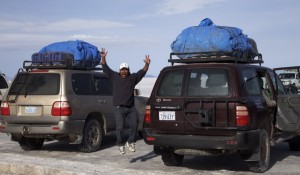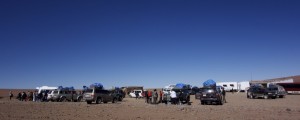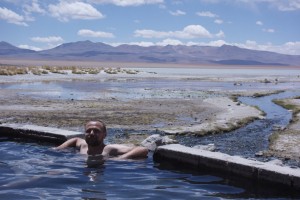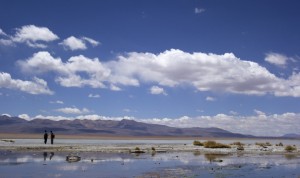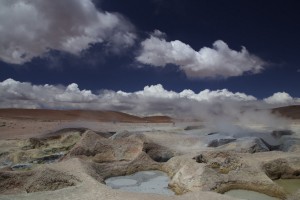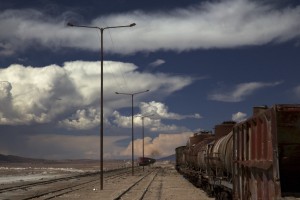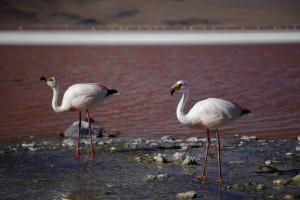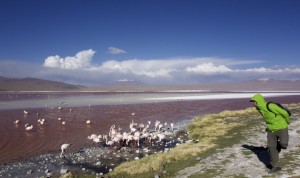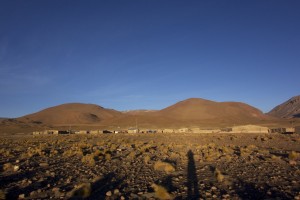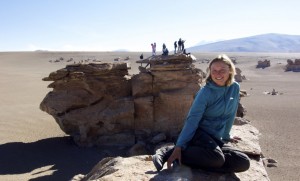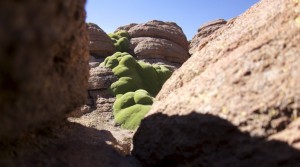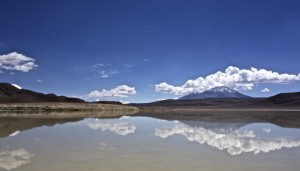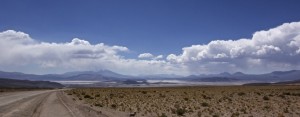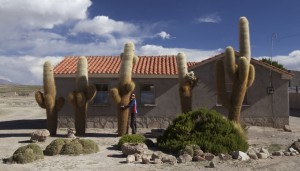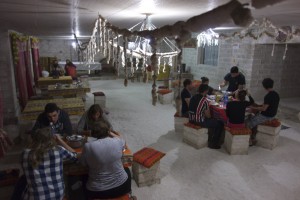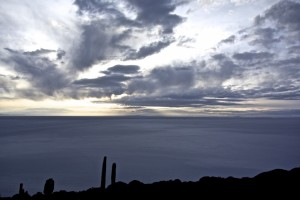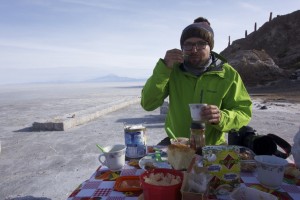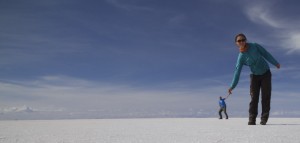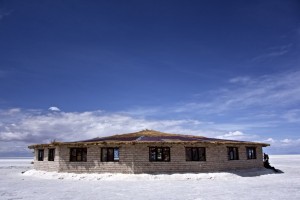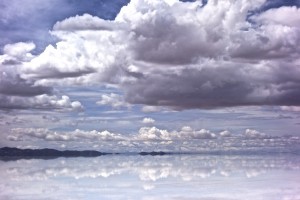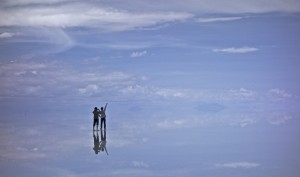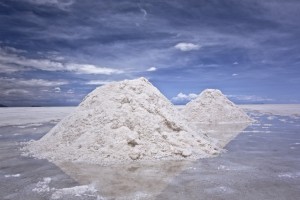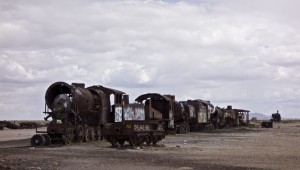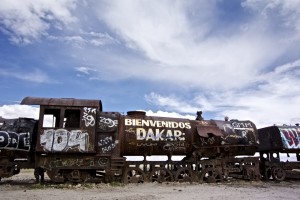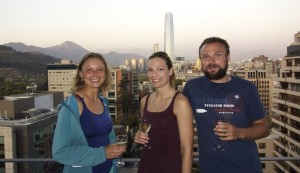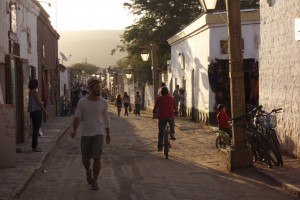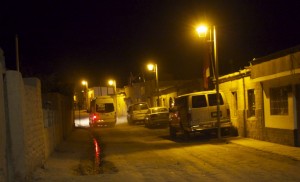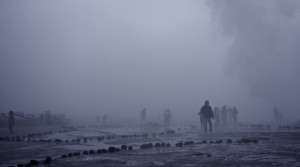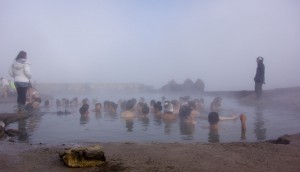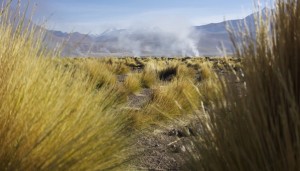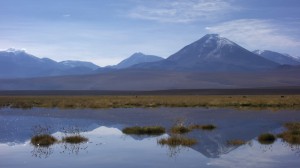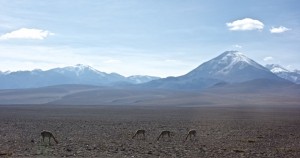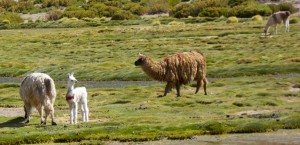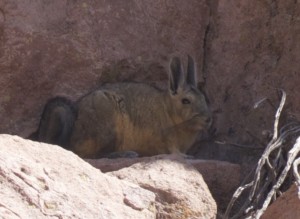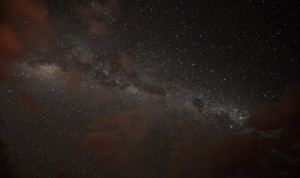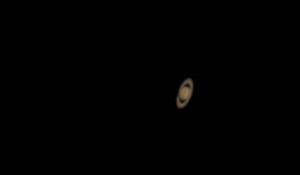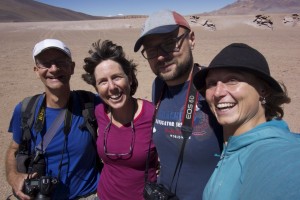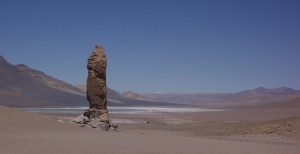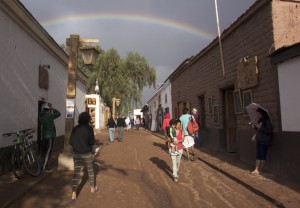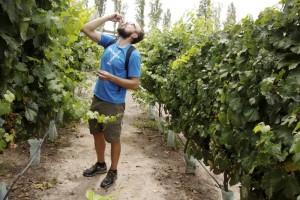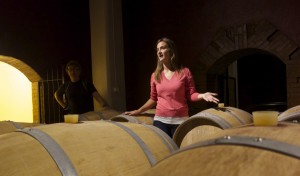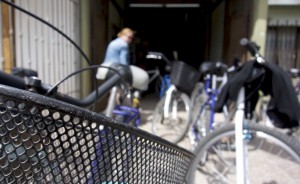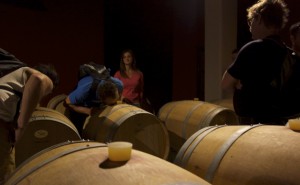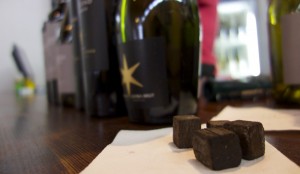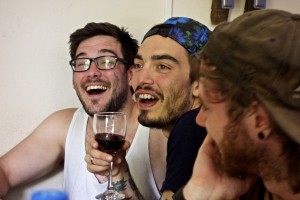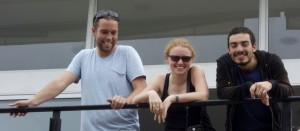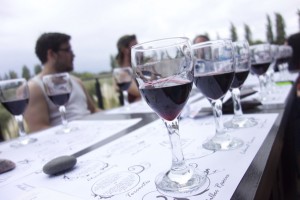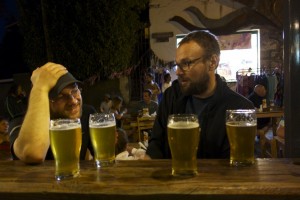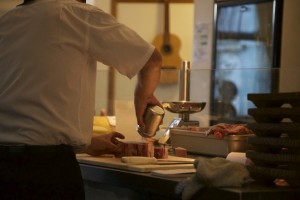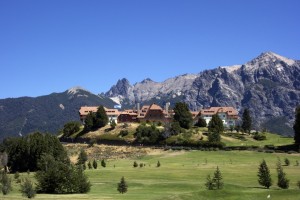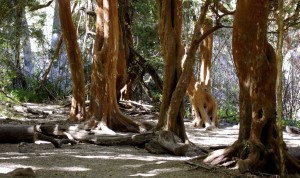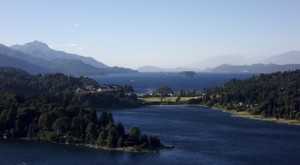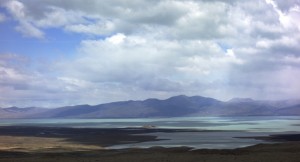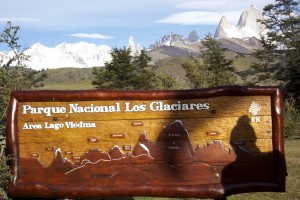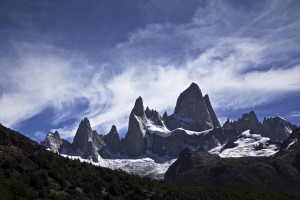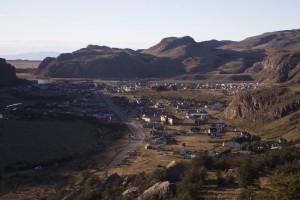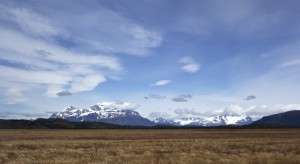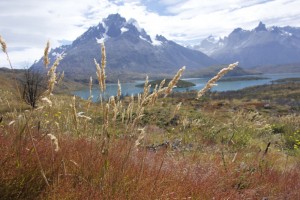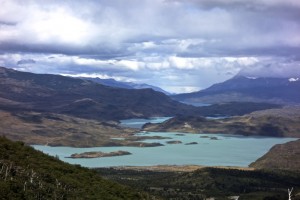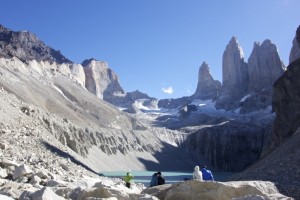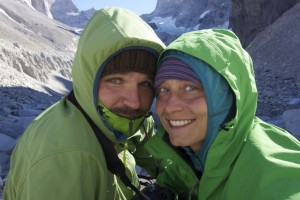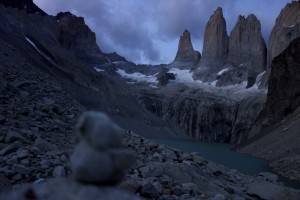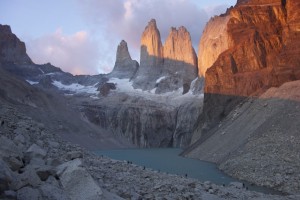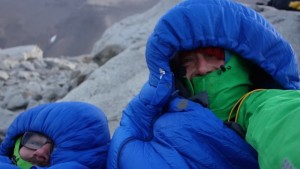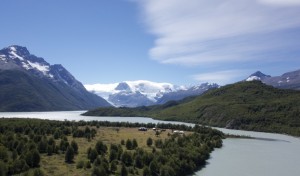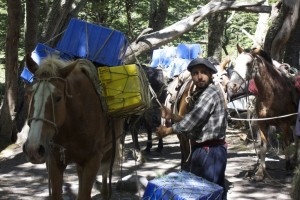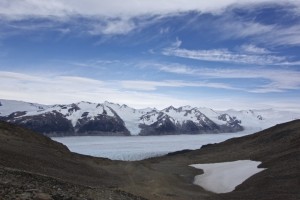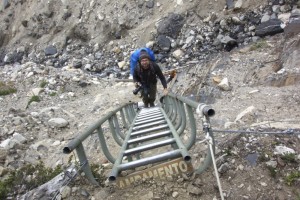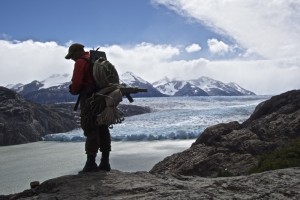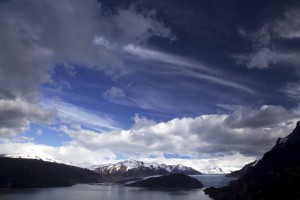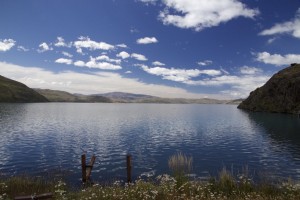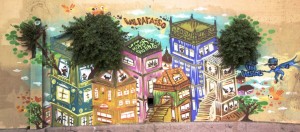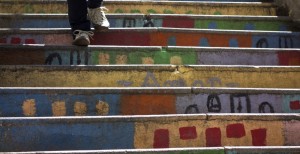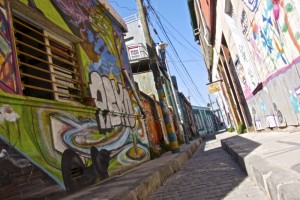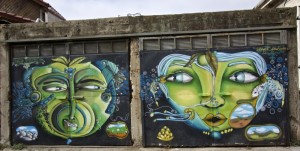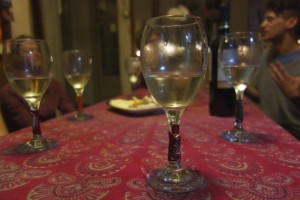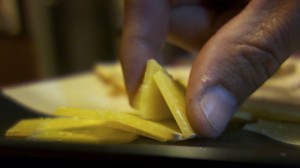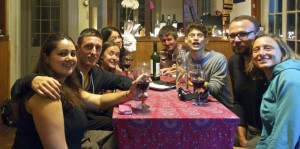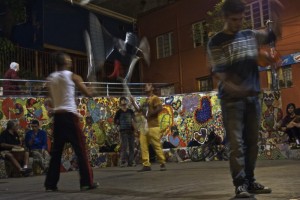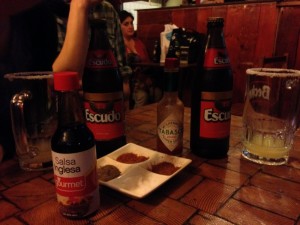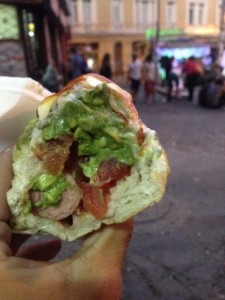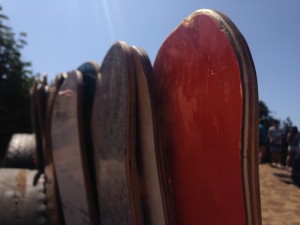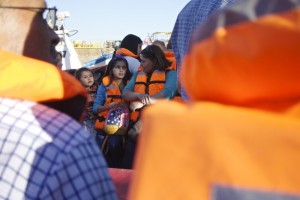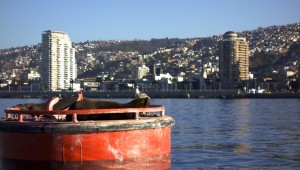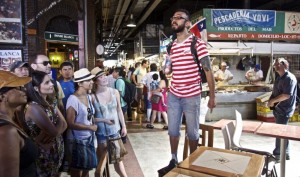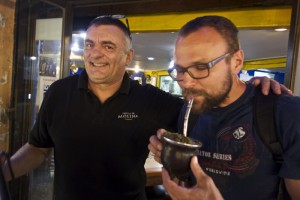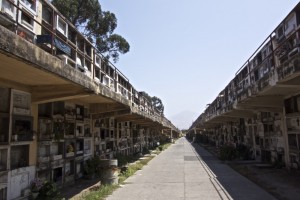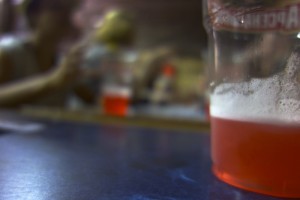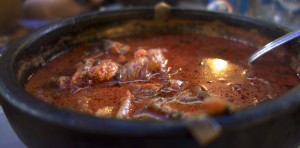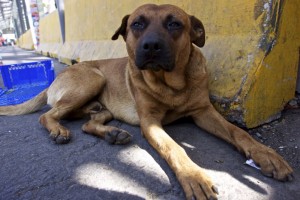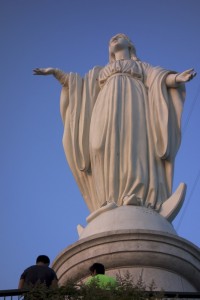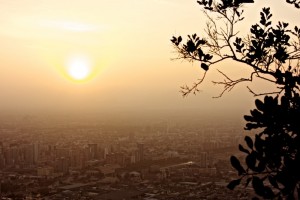This small village 1h bus ride from Sucre is popular for it’s every Sunday market and it’s festivities on the third weekend in March for Bolivias Independence Day. By chance we happened to be in Sucre on the third weekend in March and our Homestay „mum“ recommended us to take a trip to Tarabuco with a guy she knows. You can go their independently, but she told us, that it will be hard to find accommodation in Tarabucco on that weekend.
Our trip started on Saturday afternoon at 3:15 pm with me feeling quit ill (I really considered skipping the trip.) Together with Sanchia, Lucia and Sean we enter the diverging bus (Yeah well it’s Bolivia.). After we collected more people including our guide we headed off for Tarabucco. Unfortunately not for long, because after a short stop to check the conditions of a wheel we heard an explosion, saw the dust creeping into the bus before the bus stopped next to the cliff. On front wheel exploded. Yeah no reason to worry. Even though the driver couldn’t get the extra wheel loose he managed to exchange the broken one with one of the back twin tires.
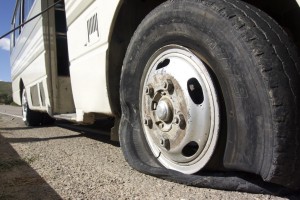
Having a flat tire on a bus ride in Bolivia is a common part of the trip, so better bring some food.
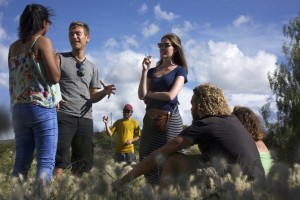
We used the time to get to know the rest of the people in our group. I mean it was sunny and the landscape amazing.
This one lasted for more or less 200m before it broke down with a puncture so we went for the safe version and loaded our backpacks and a stack of mattresses from the bus on the road and the bus was heading back to Sucre. A new one was to come.
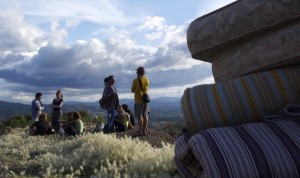
If it wouldn’t be for the hunger and the setting sun there were worse places to hang out and we seemed to be a good amusement for all Bolivians going to Tarabucco.
With a delay if three hours we arrived at the main plaza in Tarabuco. Unloaded the backpacks and mattresses that we only had to carry another 500 m down a by now dark dusty street to a small blue door. Behind the door waited what was to be our camp for the night. A moldy room that had to fit all 12 off us + 2 guides + 2 people that showed up during the night. We unrolled the 30 cm to short stained mattresses and prepared for the party to come.
First the guide let us to a rather simple restaurant were they severed us food of questionable quality. But the two chicken wings were deep fried so at least nothing was living in them. And then we headed off the the concert that was taking place in the huge sport hall. This was a weird thing in the beginning. Everybody was sitting on cold stone steps waiting for the concert to begin and stayed there even when the concert started. After an hour everybody in the group was so cold, that they wanted to head on. Our guide somehow seemed to be a bit overwhelmed by the requirements of his group since he let us to something that should be a party but was just a noisy dark room. And they actually wanted to charge us extra 10 BOV. So Tom and me decided go back to the concert and blended with the dancing locals which finally turned out to be quite fun. Funnily every single band had at least one guy playing the pan flute. Didn’t know that pan flutes are that popular in Bolivia. After the concert we just went for some more calories in form of a grilled street pizza before settling a bit uncomfortably in our room. At some point in the night also our guides returned drunken and noisy. And fell asleep were they falling. Meaning one of them next to Sanchia.
The next day started as the previous promised. A confused guide trying to find breakfast for twelve people, surprised that the market is crowded on a day like this and then tried to fed us on one roll and a coffee. On the question when the ceremonial dancing starts he didn’t know the answer either, so we finally gave up on him and walked around the city in our own, finally found the dancers and the festival square with the it’s eatable tower (after the festival the mayor distributes the food between the people).
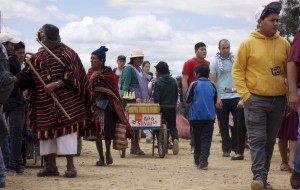
Ice creme was next to everything that can be fried to most consumed energy source on this festival. Interestingly most people didn’t drink alcohol during the dancing for Pachemama (mother earth). Only saw „gringos“ with beer cans in their hands.
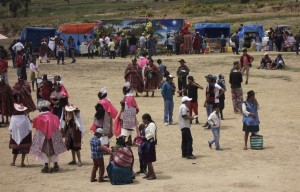
A typical scene found around the festival place, with dancers (only men), woman in their traditional clothing and a few out of place tourists.
We were supposed to leave at two so we had some backed through food before heading back to the house with the blue door. There the guide was waiting for us to take us out for lunch. We skipped that and according to the face of one of the French guys we didn’t missed out on something. So now we only had to carry our mattresses back the 20 min to the official bus station before we could drive back to Sucre without any further incidents. It was by far the worst „tour“ we ever attended.
At this point I have to say that Tarabucco and the festival of independence is really worth a visit. Alone the bus drive offering views of the open landscape of the bolivian plateau is great and with regular punctures you usually even have photo stops. The village has a big market selling whatever you can think of and the traditions of dancing to honor Mother Earth is something you rarely experience. Just book an accommodation in advance and take the public bus (Guys that took it the told us they had a puncture too, but only one.).


